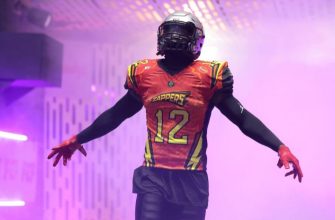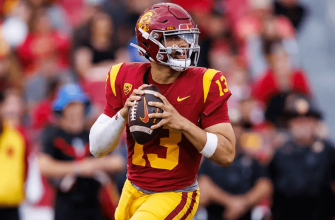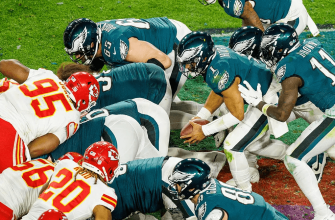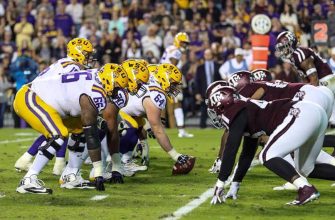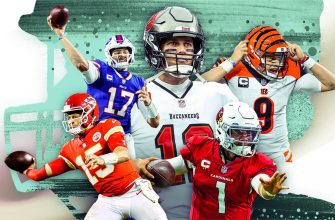The long snapper is one of the most underappreciated yet critical roles in football. While most fans focus their attention on the marquee positions like quarterback and running back, a good long snapper can make or break a team’s special teams unit.
Though the job seems simple – snapping the ball a long distance between your legs to the punter or holder on field goals and extra points – it takes tremendous skill and repetition to perform consistently under pressure. A bad snap can lead to a block, a missed kick, or a turnover, so having a reliable long snapper is crucial. They must deliver clean, accurate snaps time after time despite defenders trying to disrupt them.
The margin for error is extremely small, as punts and field goals often come down to just a yard or two of difference. The long snapper bears a big responsibility, as their performance is directly tied to the success or failure of kicks and punts. Though an unheralded position that often draws little fanfare, great long snappers are prized commodities at both the college and pro levels.
Stance
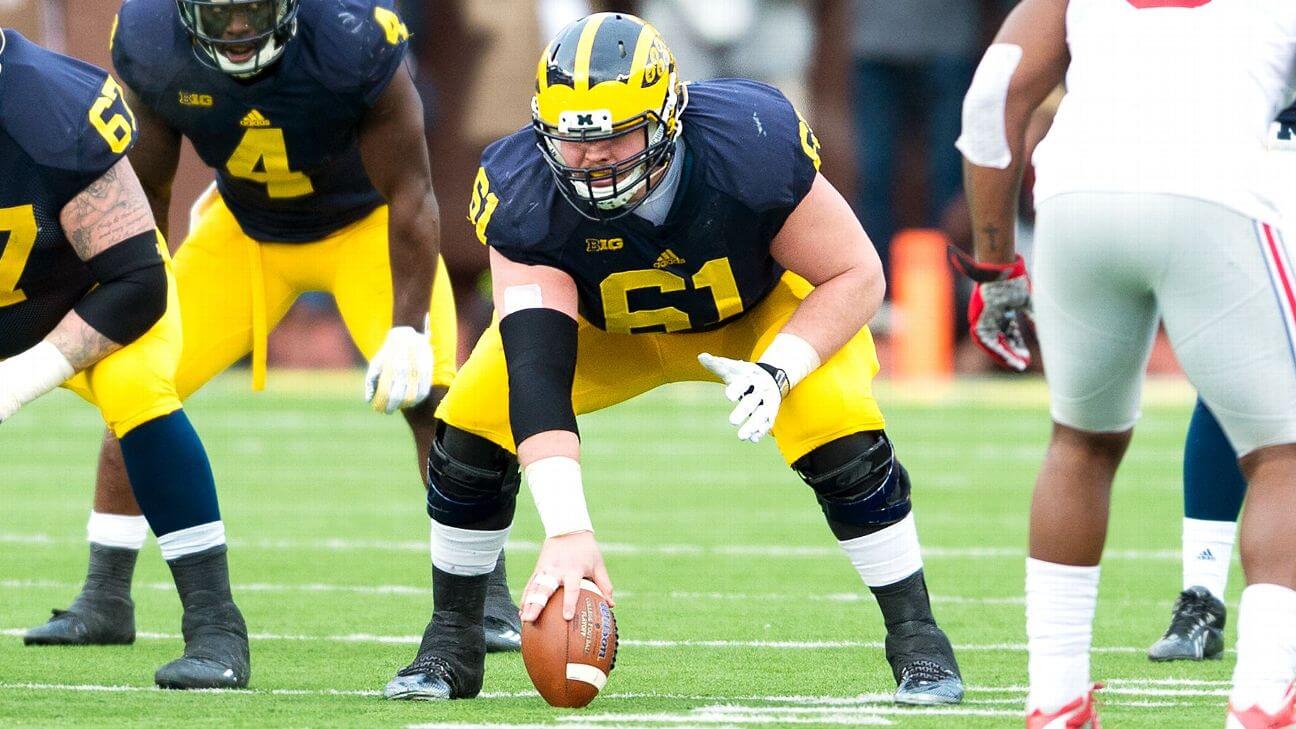
A proper stance is crucial for executing an accurate snap. This involves both proper foot positioning and hand positioning.
For foot positioning, the stance starts with feet shoulder-width apart and staggered, with the snapping hand side foot slightly back. Keep your weight balanced between both feet. When snapping, drive off the balls of your feet to generate power. Avoid rocking back on your heels, as this reduces stability.
For hand positioning, start with the snapping hand down between your legs grasping the laces. Your guide hand should grip the point of the football, with the index finger along the seam. Spread both hands apart for control. Keep elbows locked and pressed inward against the inner thighs. This creates tension for stability. Arms should be tight against the body.
Maintaining the proper stance keeps your body in optimal position to deliver powerful, accurate snaps. Master the stance first before moving onto the snap motion.
Gripping the Football
The grip is one of the most important fundamentals of long snapping. You want to make sure you are holding the football correctly in order for the snap to be smooth and accurate.
The proper grip starts with placing the three middle fingers of your dominant hand over the laces. Your index finger should be to the side of the laces pointing straight down the length of the ball. The thumb of that hand should be directly opposite your index finger, also running vertically along the stitches on the other side.
Place your non-dominant hand on the opposite end of the ball. Spread your fingers around the sides and back tip of the ball. The palm of this hand will be facing up when you snap.
Make sure not to grip the ball too tightly. You want just enough pressure to control the ball. Gripping too hard can cause the ball to wobble or snap unevenly.
The ball should be held vertically in your hands, not angled back or forward. Placements of your fingers on the laces and your palms on the ends allow you to guide the ball straight back to the target.
Proper grip strength and placement are key fundamentals that every long snapper must master. Taking the time to grip the ball correctly will pay dividends in accuracy and consistency.
The Snap
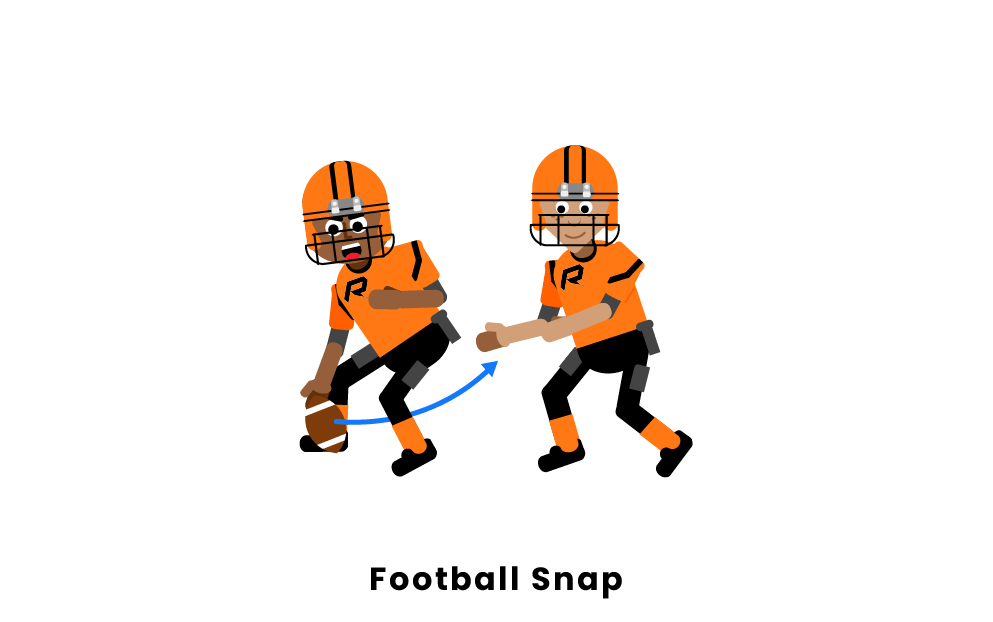
When initiating the snap, the center makes their hands into a “V” shape and places the point of the football directly in their dominant hand. This hand grips the laces tightly while the other hand stabilizes the back tip of the ball. It’s crucial that the center has a firm, secure grip on the ball before beginning the snap. A fumbled snap can lead to a turnover and momentum shift for the opposing team.
To transfer energy and deliver an accurate snap, the center initiates the motion by violently thrusting the ball back between their legs using both hands and arms in unison. This results in tremendous force as the center uses their entire upper body. At the same time, the center will step forward with their dominant foot to drive through the ball. This coordinated full body action is key. The center cannot just use their hands and arms alone to snap the ball back. Proper technique requires harnessing power from the legs, core, shoulders, arms and hands in one explosive motion.
Accuracy
A good snap requires consistently aiming for the exact target of the quarterback or punter’s hands or chest. There should be as little variation as possible between snaps. Consistently hitting the same target area improves the timing and coordination between the snapper and the quarterback or punter.
The first step is identifying the optimal target area for the specific quarterback or punter. Typically this will be waist to chest level, directly in front of their body. The exact spot may vary depending on the height of the quarterback/punter and their stance. Work with them to determine the ideal target.
Use muscle memory and visualizing the target to increase accuracy. Before hiking the ball, envision placing the ball right on the target area. Snap after snap, concentrate on hitting that same spot. Repetition will build the muscle memory so your hands automatically snap to the proper location.
Set up markers during practice to aim for. Have the quarterback or punter stand in position and place a cone or other marker where the ball should be delivered. Snap towards the visual target until hitting it consistently becomes second nature.
Accuracy takes time to develop. Don’t get frustrated. continuing to reinforce the proper mechanics and snapping to a defined target will pay dividends in consistency. An accurate snapper is a great asset to their team.
Protection
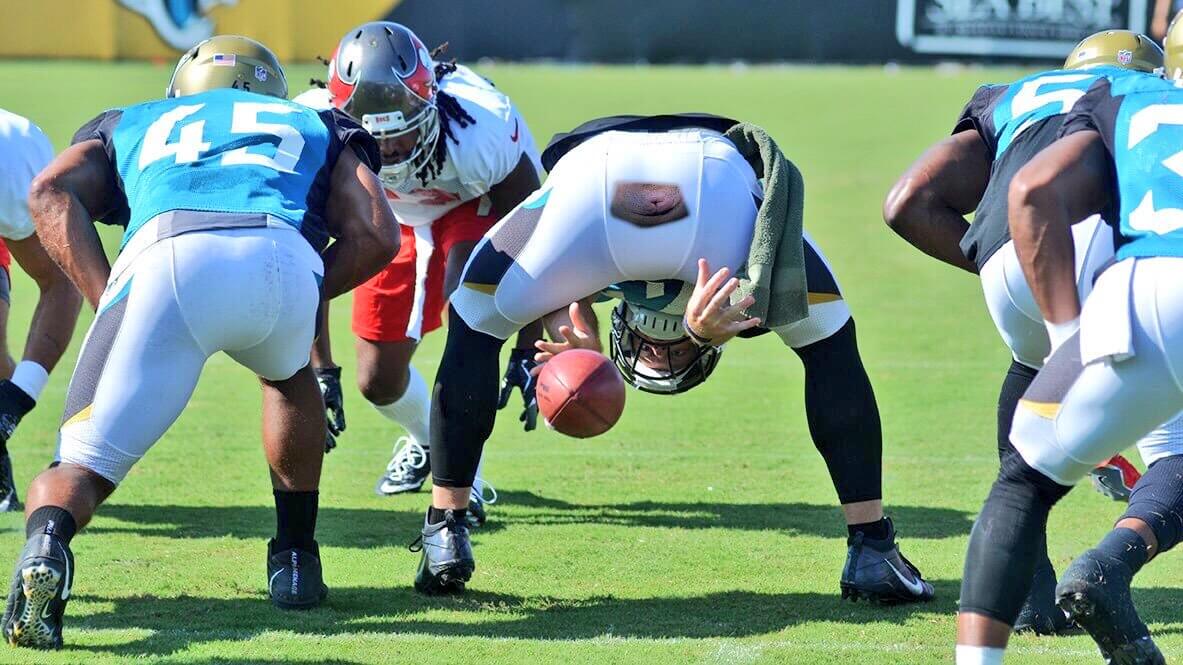
After the snap, the center’s main responsibility is to protect the quarterback. This involves blocking defenders who try to rush the passer. The center must engage the nose tackle or other interior defensive linemen immediately after snapping the ball. They aim to prevent the defender from pushing forward and collapsing the pocket around the quarterback.
The center should stay square and keep their feet moving on contact, driving the defender away from the quarterback or anchoring strongly against a bull rush. They must maintain good leverage and pad level to avoid giving up ground. The center blocks as long as possible, sustaining the block for at least 2-3 seconds to allow the quarterback time to set up and throw.
If facing a blitz, the center may need to pick up an extra rusher like a blitzing linebacker. They must identify additional pass rush threats and coordinate responsibilities with the guards. The center should rely on their instincts, technique and footwork to mirror mobile defenders. Maintaining a balanced stance is key, as is keeping their head on a swivel. Even after the initial block, the center must stay alert to pick up unexpected blitzers or twists. Their protection after the snap directly impacts the quarterback’s ability to operate the offense.
Speed
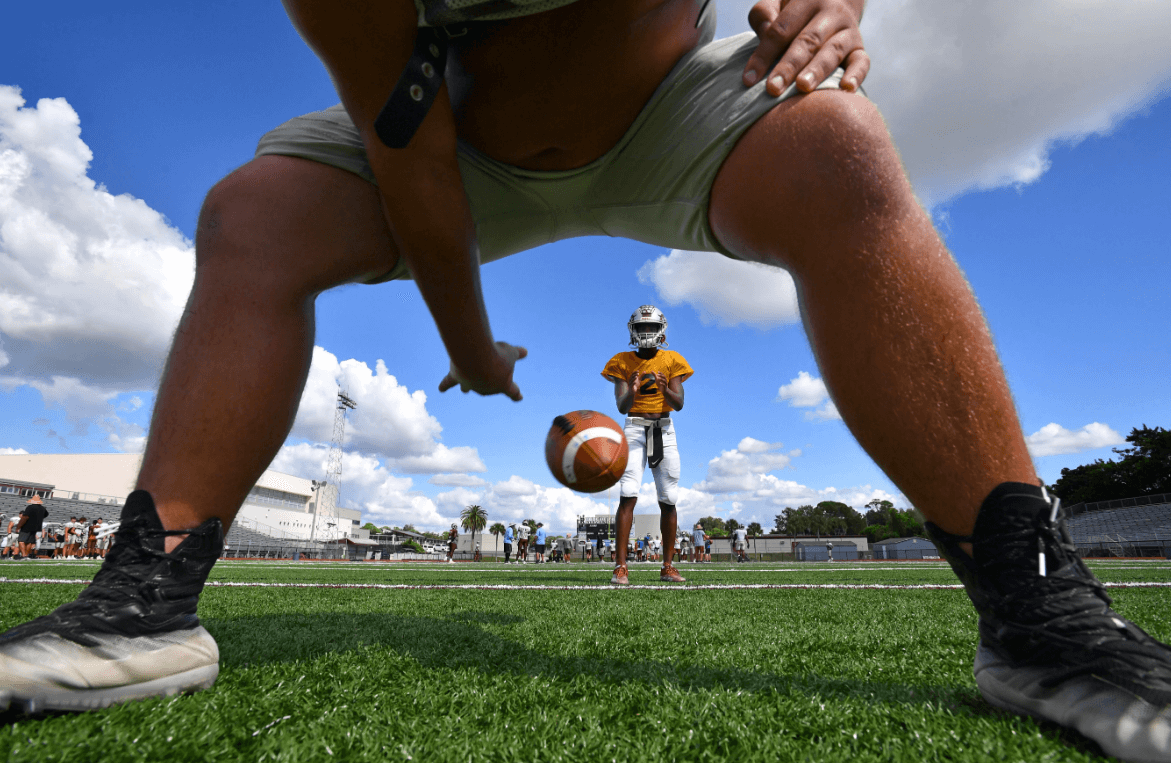
A fast delivery is essential for a successful snap. The ball needs to travel quickly from the snapper to the quarterback or punter in just fractions of a second. A slow snap gives the defense more time to react and penetrate the backfield for a potential turnover.
Some keys for developing speed as a snapper:
- Use fast, explosive movements when hiking the ball back between your legs. Avoid any unnecessary motion.
- Strengthen your core muscles and lower body. Power comes from the legs and core.
- Practice snapping at full speed during drills. Take multiple reps to build muscle memory.
- Work on smooth, efficient mechanics so snapping becomes second nature.
- Maintain concentration through the entire process without rushing. Stay under control.
- Get in a proper athletic stance and be ready to snap at the quarterback’s first sound. Don’t be caught off guard.
- Stay loose before the snap so you can react instantly. Avoid tightness or hesitation.
- Develop fast hand speed to get the ball out of your hands rapidly.
Mastering a quick delivery time with your snaps takes repetition to build consistency. But it can be the difference between a successful play or a turnover. Strive to deliver the football to the quarterback or punter as fast as possible.
Communication
The center needs to effectively communicate with the quarterback to successfully execute the snap. This starts with establishing a consistent cadence – the cues and calls used by the quarterback to start each play. The cadence sets the snap count timing so the center knows when to deliver the snap.
Most teams use a “hut” cadence with varying number counts like “Ready, Set, Hut One…Hut Two…Hut Hut Hut”. It’s critical that the center and quarterback coordinate the cadence and learn each other’s voice cues.
The cadence may also include audibles – code words called by the quarterback just before the snap to change or refine the play. The center must recognize audibles and adjust if needed. Audibles are a key part of reading defenses and creating deception.
Perhaps most important is the actual snap count – the final number called by the quarterback for the snap. The center must snap the ball precisely on this count, without early or late movement. A mistimed snap will ruin the play before it starts. Variations in snap count tempo and pauses can also create defensive confusion and openings for the offense.
Mastering communication allows the center and quarterback to control the action, acting instead of reacting. Precision and coordination in cadence, audibles, and snap count timing are critical for effective center-QB communication.
Mental Preparation
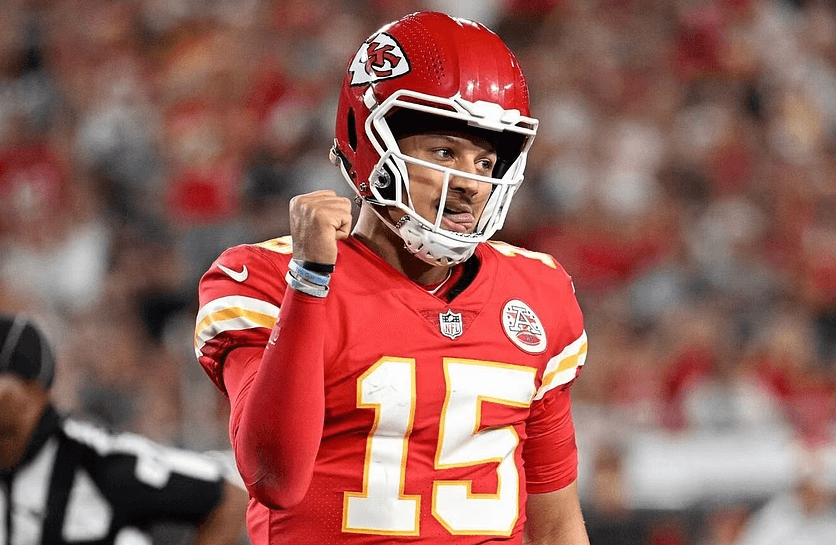
Snapping the football requires great mental focus and consistency. A good snapper must be confident in their abilities and block out distractions during the play.
Here are some tips for mental preparation:
- Visualize success – Mentally picture yourself executing the perfect snap during practices and right before the play. Visualizing helps build muscle memory.
- Focus on your breathing – Take slow, deep breaths before the snap to calm nerves. Tune out the crowd noise and distractions.
- Develop consistent pre-snap routines – Have set motions you go through before every snap, like adjusting your gloves or stance. Routines bring consistency.
- Be confident – Trust your technique. Don’t overthink it. Have faith in your practiced abilities to perform under pressure.
- Focus only on the snap – Don’t worry about what happens after the snap. Just concentrate on your mechanics and getting the ball smoothly to the quarterback.
- Maintain concentration – Block out previous bad snaps or mistakes. Stay focused only on the current play.
- Visualize the laces – Picture the laces rotating correctly and smoothly as part of your mental routine.
With the right mental preparation, you can develop the consistency and focus needed to successfully deliver perfect snaps, play after play. Confidence, concentration, and visualization are key.
Drills and Practice
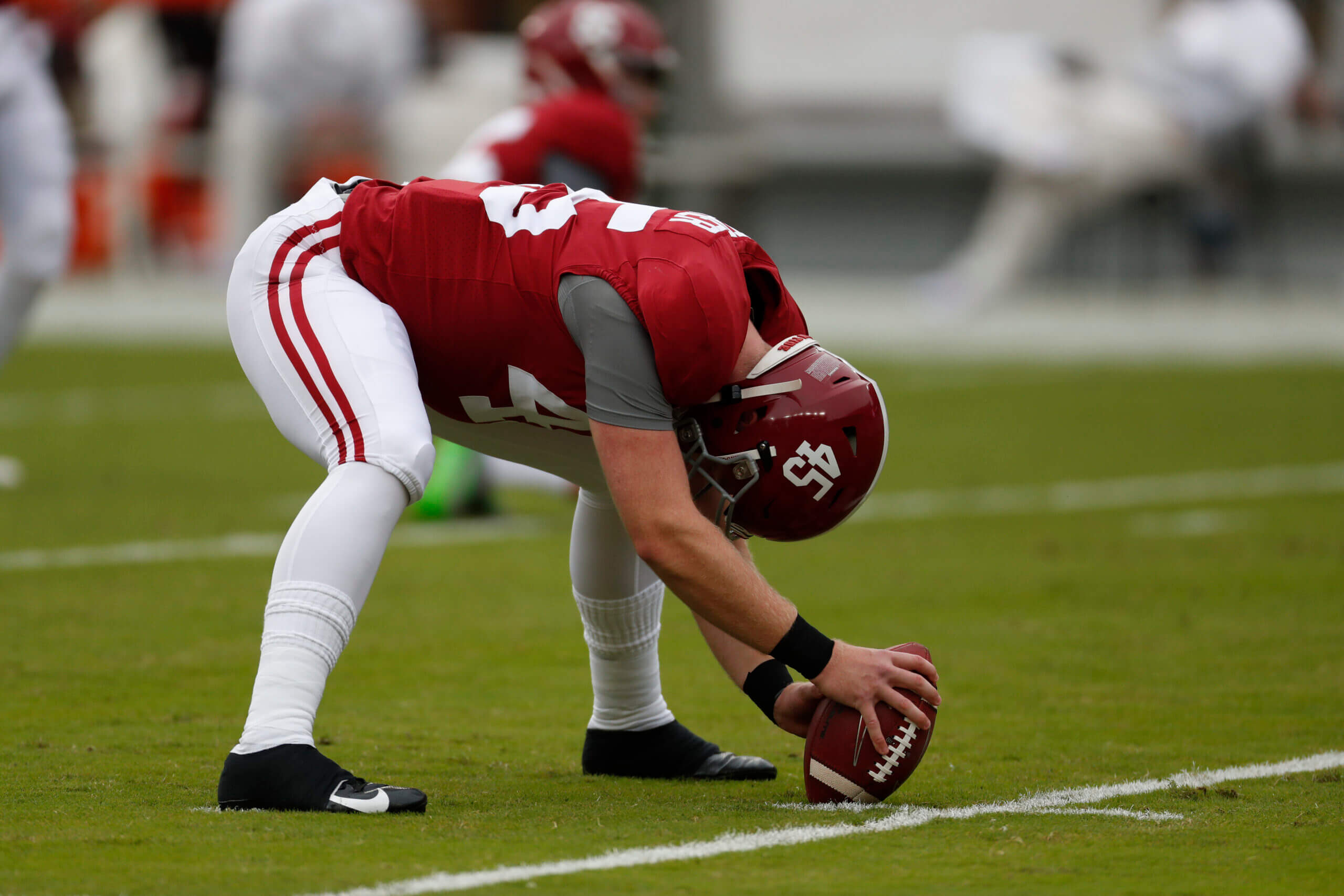
Snapping a football with speed and accuracy requires a lot of practice. Here are some helpful solo and team drills to improve your snapping skills:
- Snap and chase: Set up a target like a trash can or bucket about 10 yards away. Take your stance and snap the ball towards the target, then chase after it and catch the ball. Repeat this drill over and over, focusing on a smooth snap and spiral on the ball. Gradually increase your speed and distance.
- Mirror drill: Face a wall about 5 feet away in your snapping stance. Practice your snapping motion in the mirror, focusing on keeping your form consistent and balanced. Watch the ball hit the wall and bounce back to you.
- Blind snaps: Close your eyes and practice snapping to a teammate. Focus on muscle memory and repetition without visual cues. Have your teammate provide feedback on the location and spiral of each snap.
- Add a snap count: Work with your quarterback and center on executing snaps on a verbal snap count. Vary the cadence and work on silent counts for noisy game environments. Practice synchronizing the snap and pull from the quarterback.
- Shotgun snaps: From the shotgun formation, work with your quarterback on accuracy, speed, and tight spirals. Practice various snap distances and angles as the quarterback moves pre-snap. Communicate adjustments.
- Scrimmage snaps: Nothing beats live practice in full scrimmage situations. Run through your full offensive scheme with defenders, mixing in plays with snaps under center and in the shotgun. Work at full game speed and intensity.
The key is perfect practice – quality reps focusing on proper technique. Mastering the snap takes time and commitment. Work on skill drills daily, and execute in scrimmages. Develop snap speed and precision through solo and team practice.




